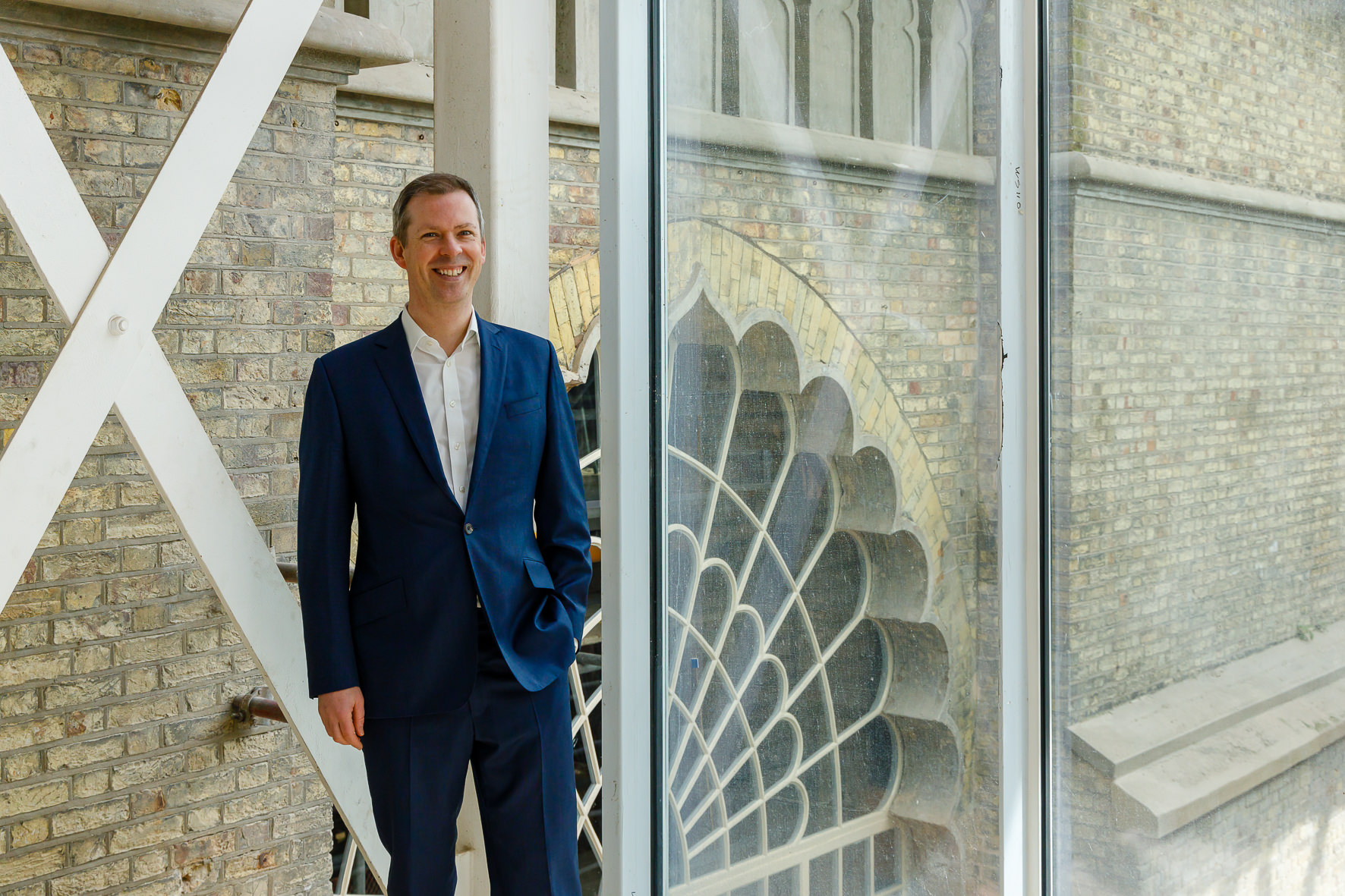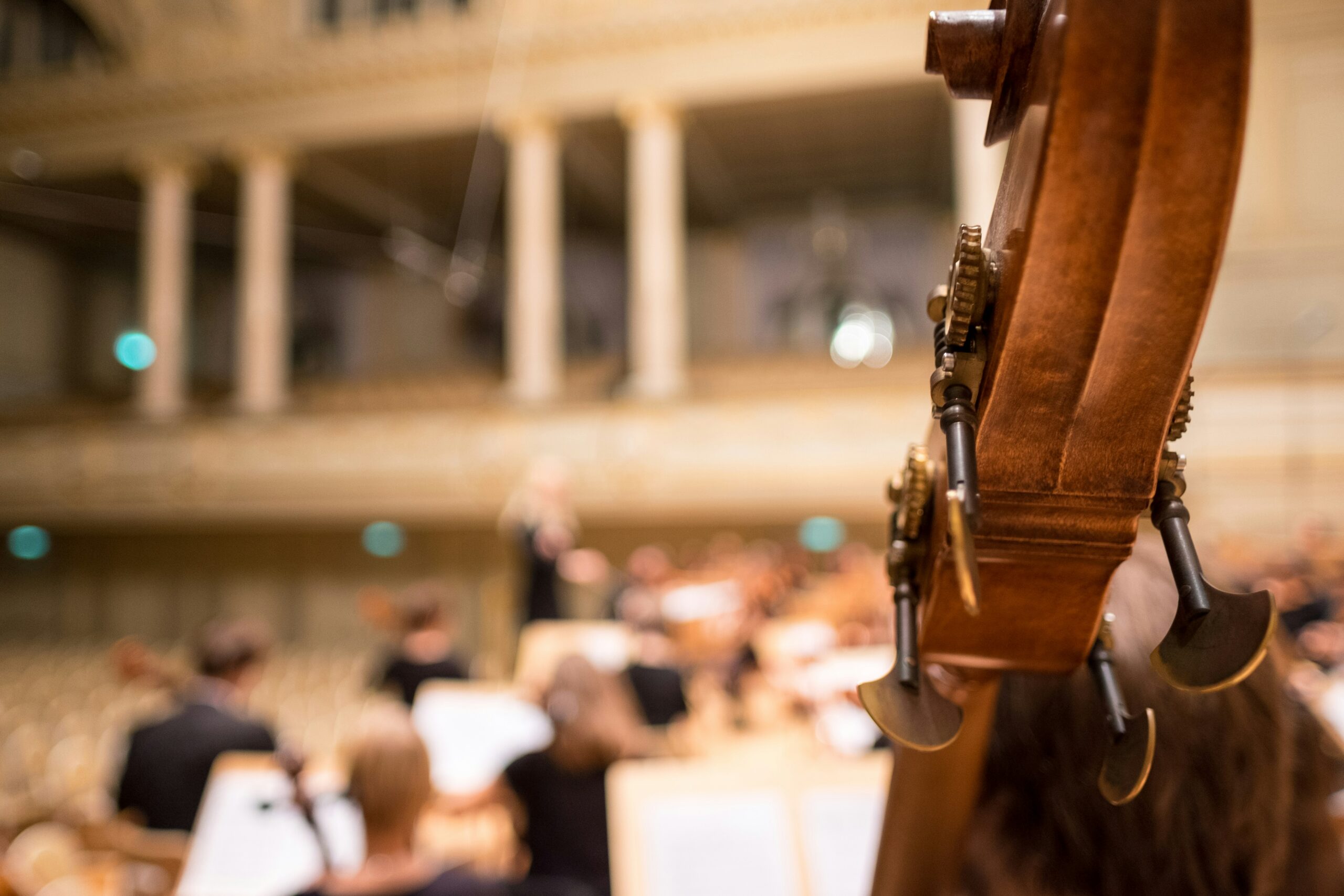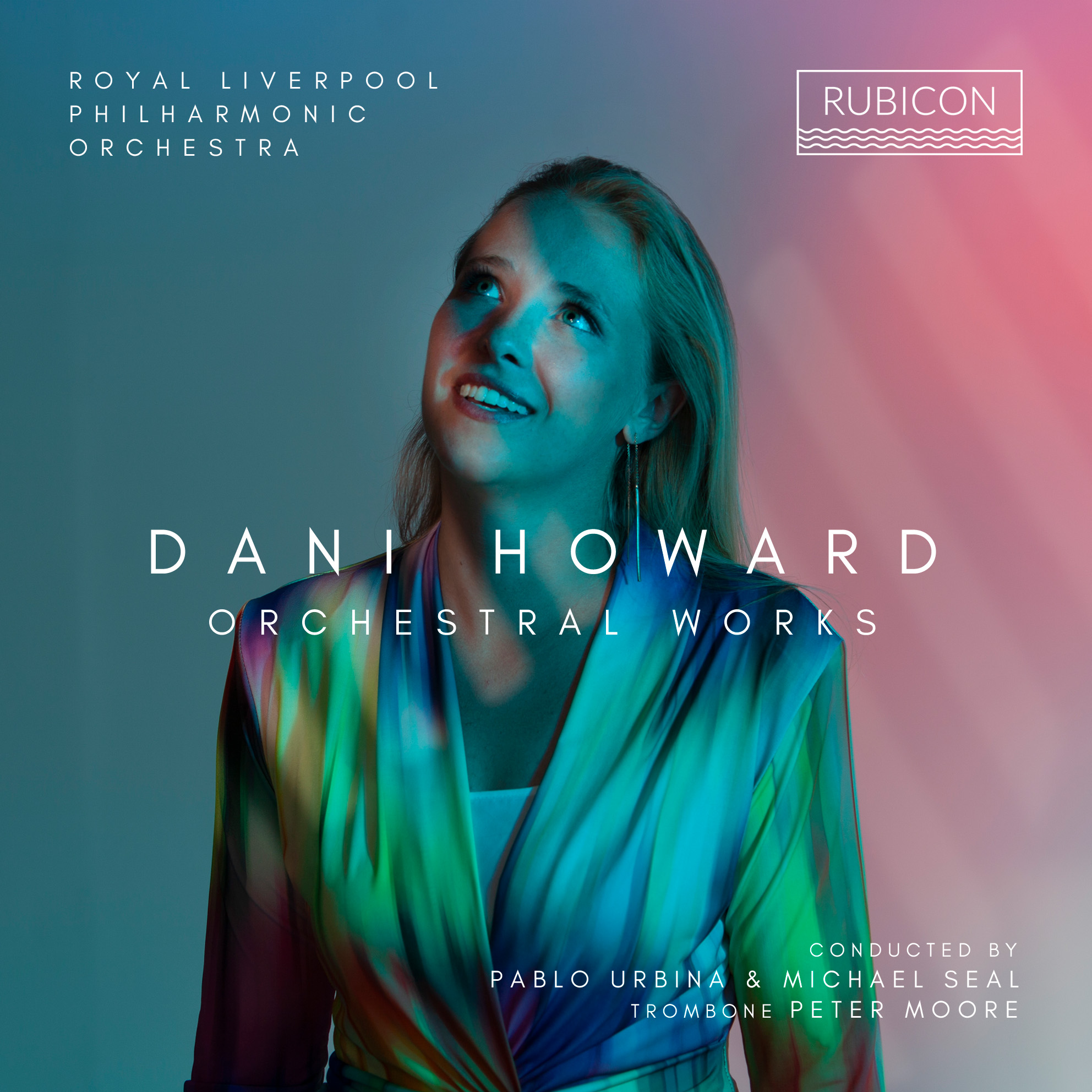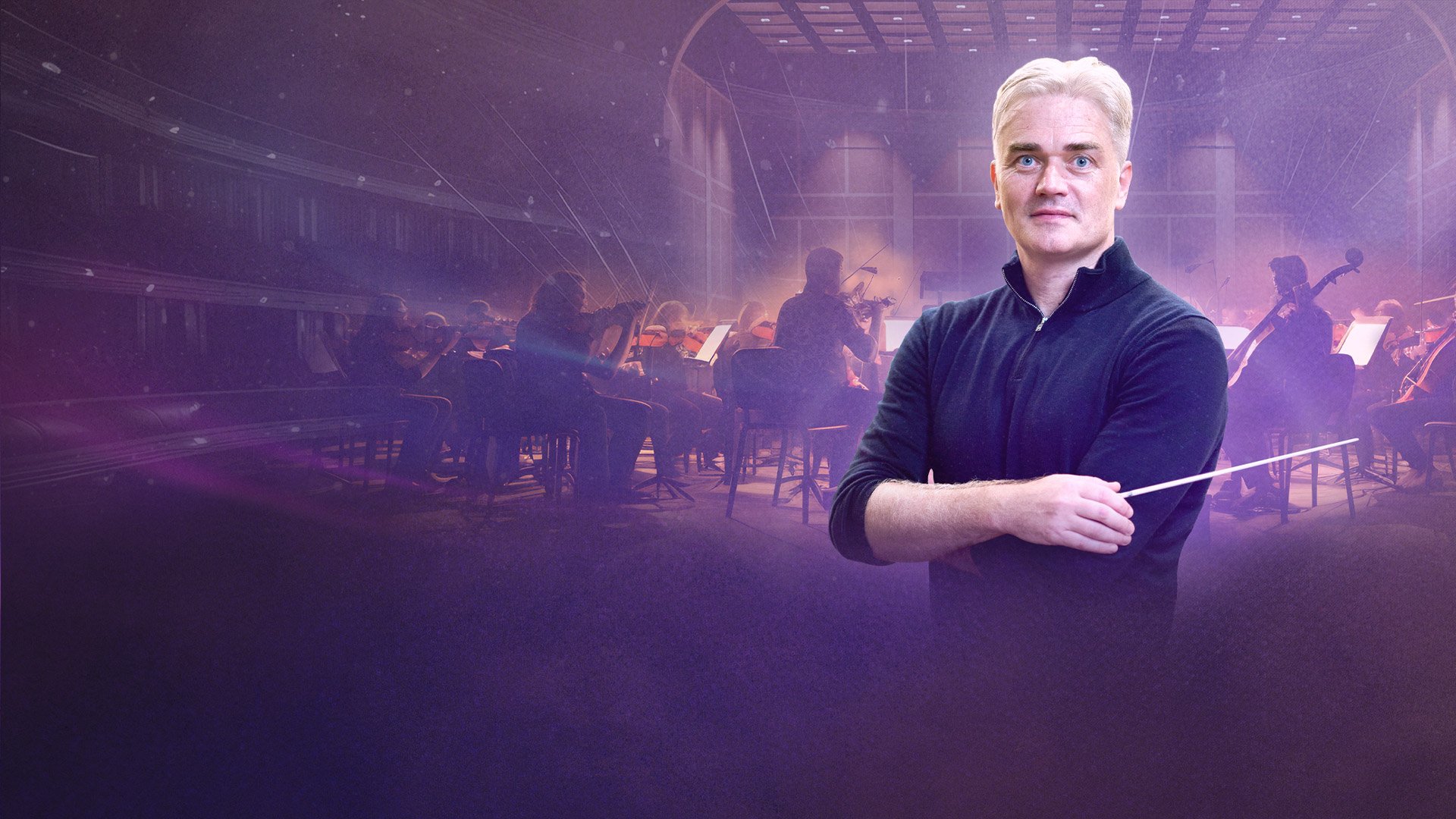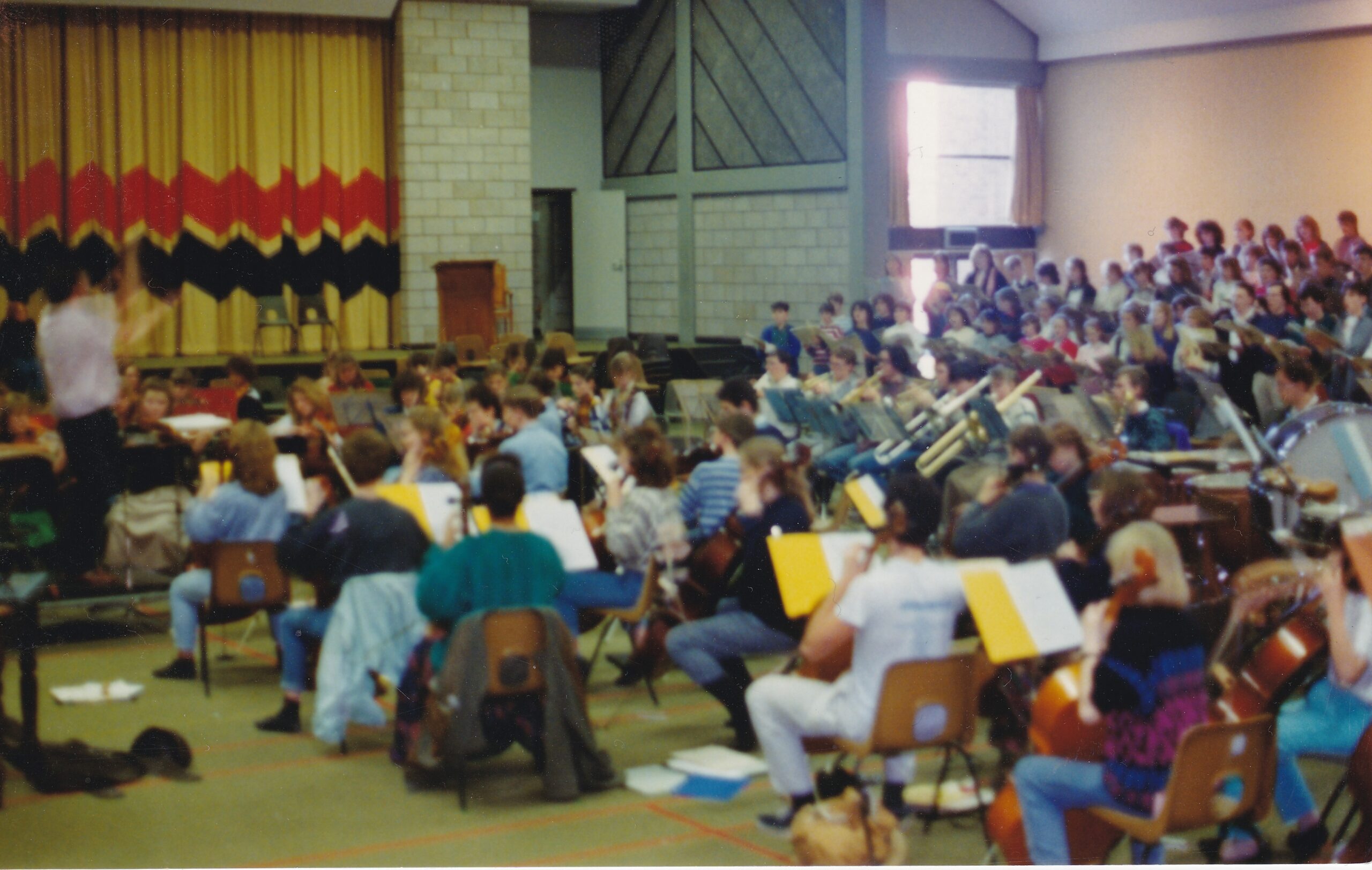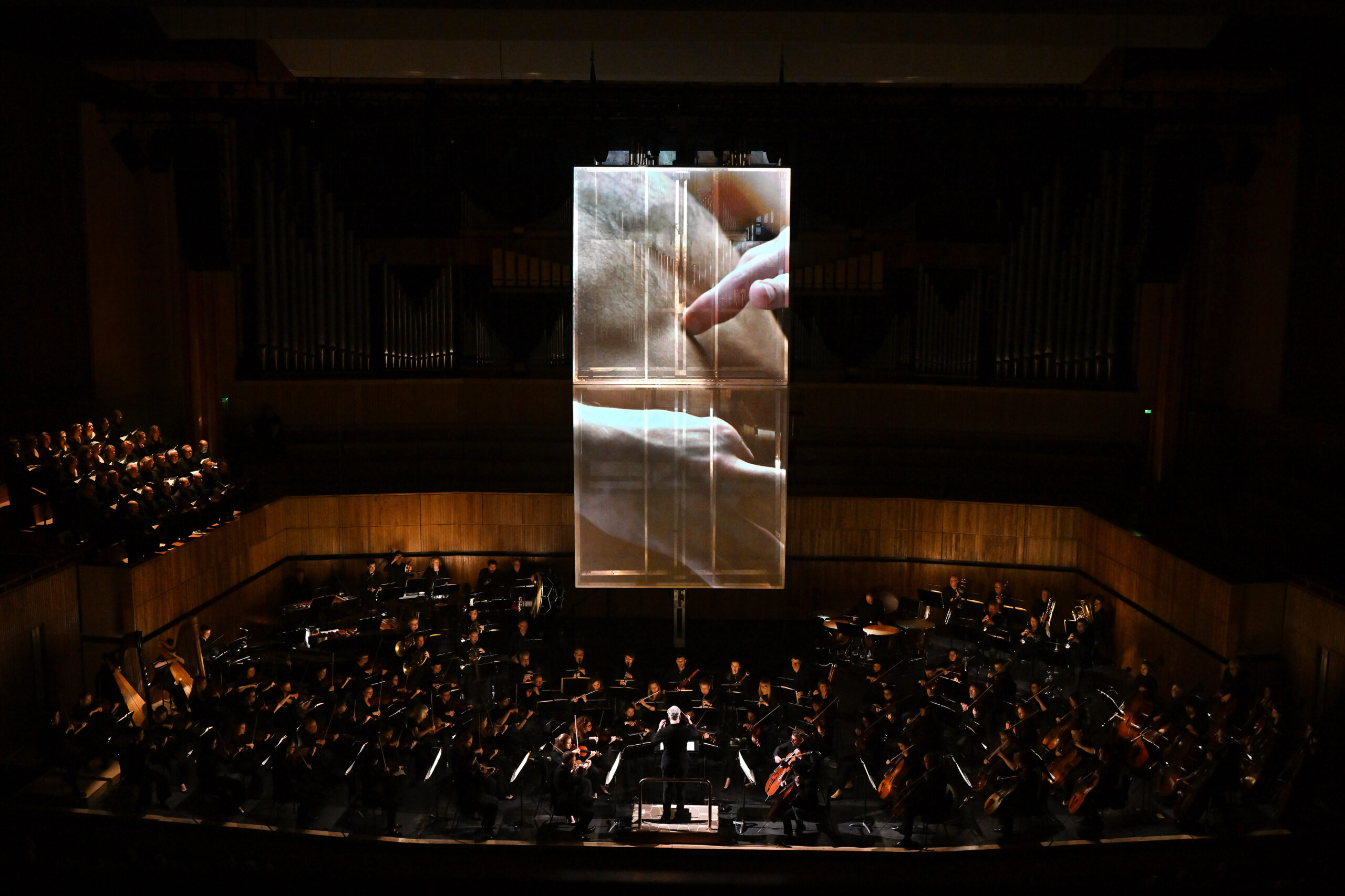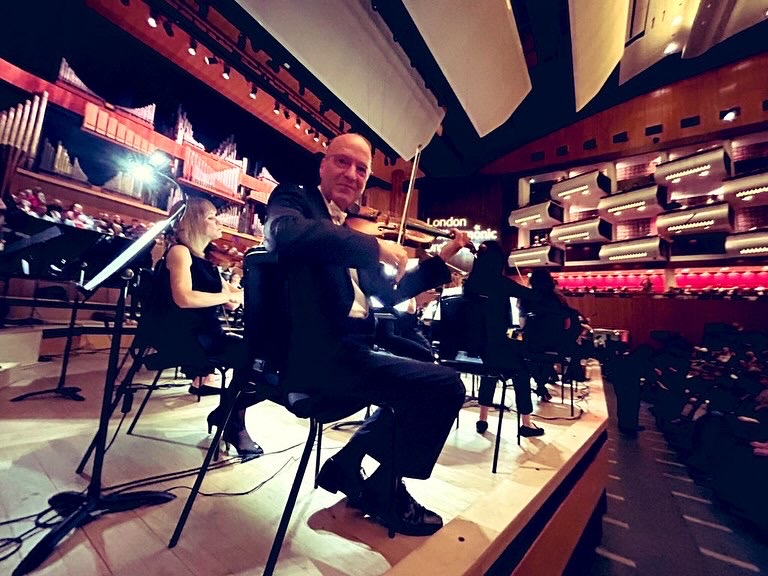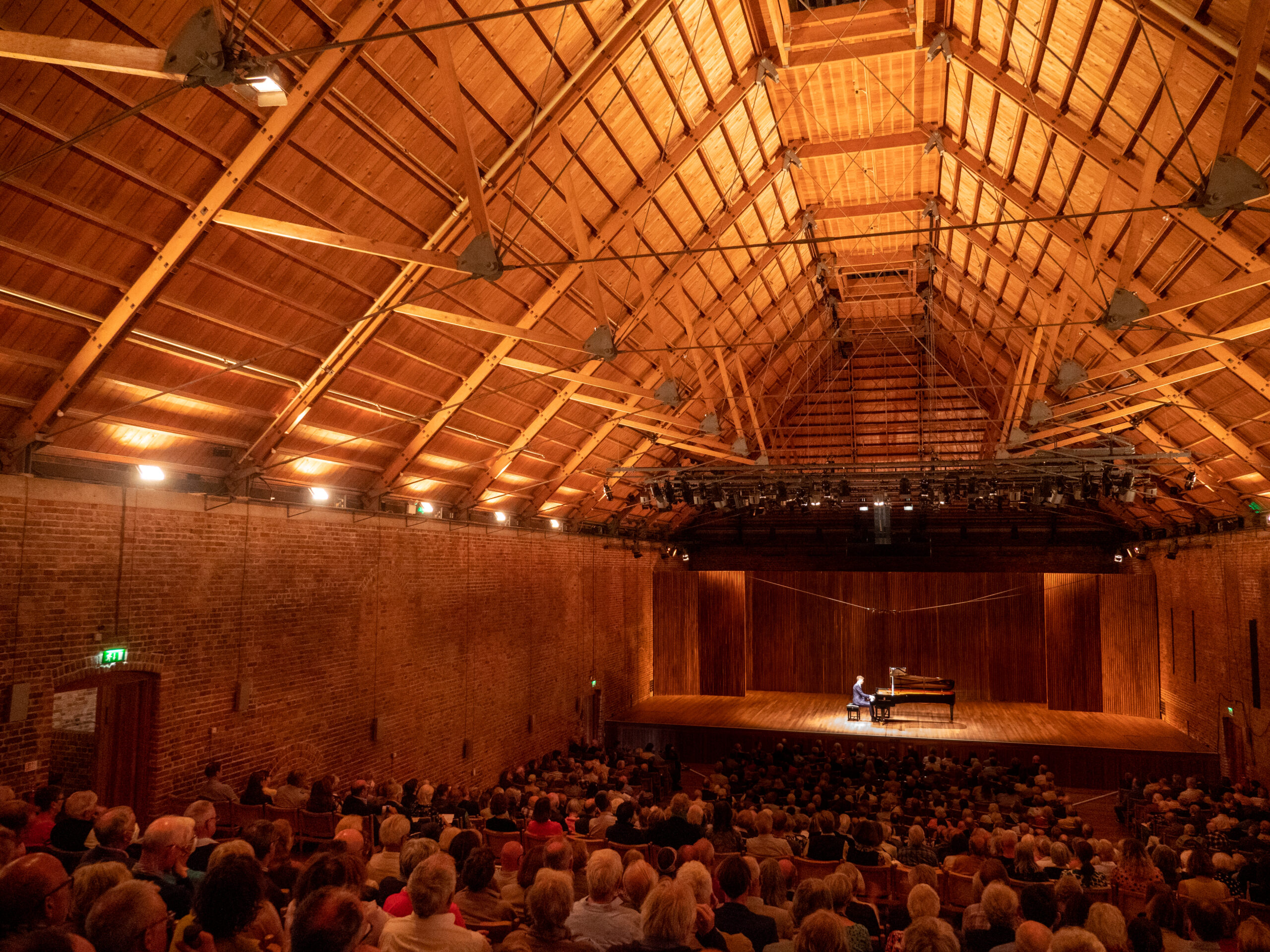
classical music isn’t difficult.
it’s just music.
Thoroughly good classical music podcast
Conversations with classical creatives about the music they love

177: Ben Levy from Classics Explained – Thoroughly Good Classical Music Podcast
blogs
15 years of news, reviews and opinion
-
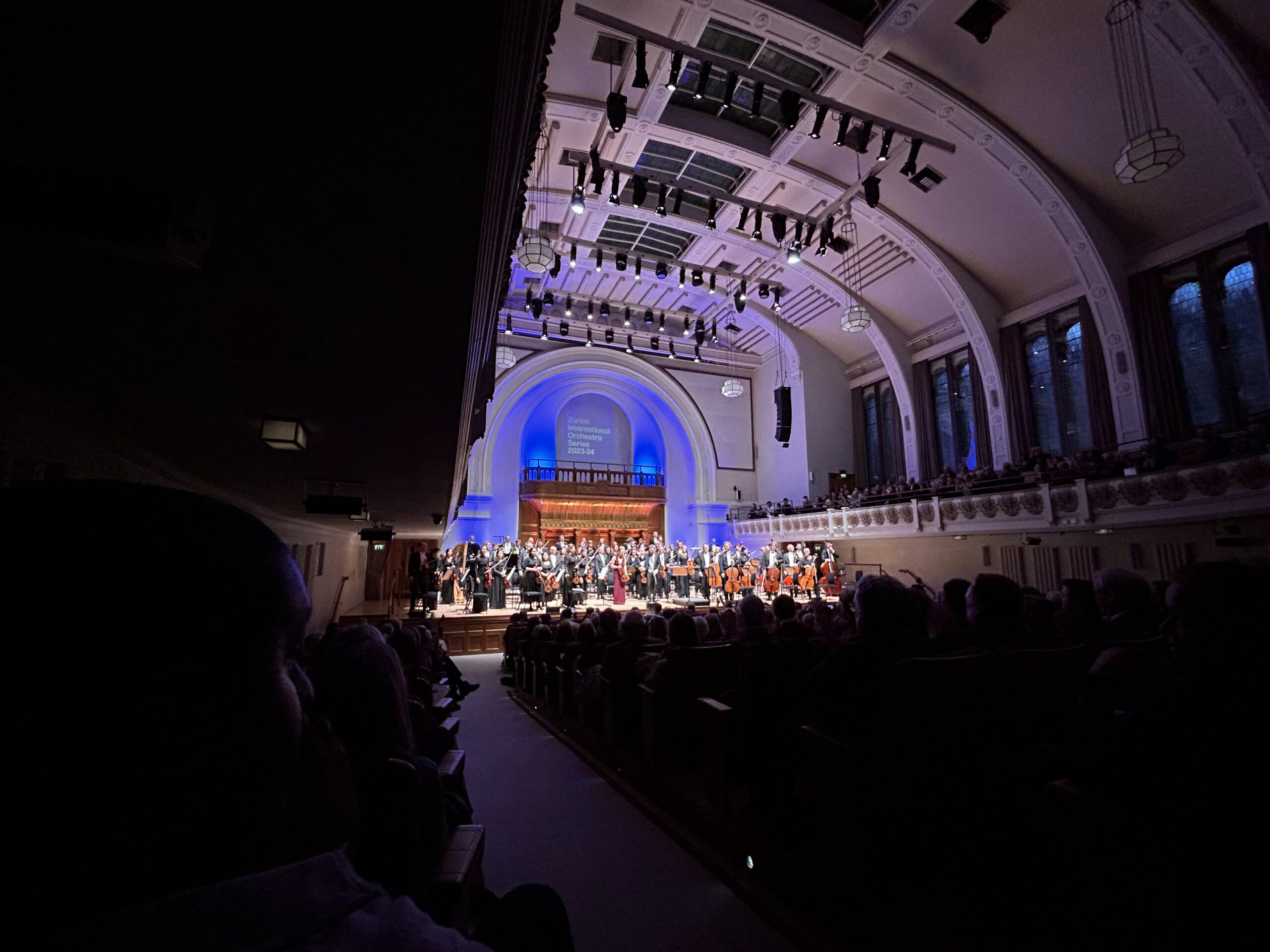
Review – Dresden Philharmonic and Maria loudenitch at Cadogan Hall
Conductor Stanislav Kochanovsky stripped everything right back creating a rich tapestry of textures and colours that revealed far more detail in the score than would normally be perceptible in larger venues.
-
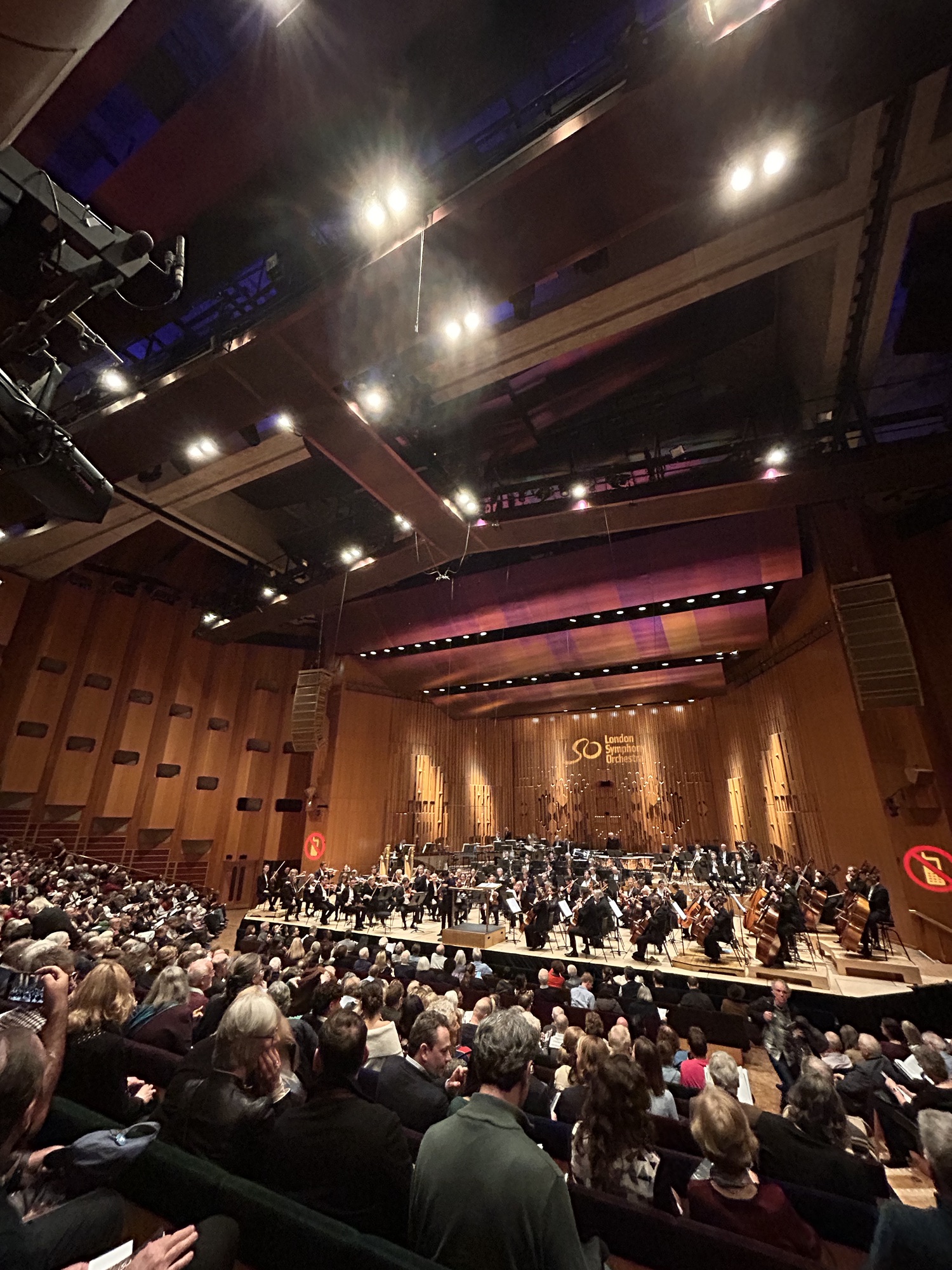
Review – Wynton Marsalis’s entertaining Trumpet Concerto makes for a captivating listen
Marsalis’s entertaining new work is exactly what classical needs right now
-
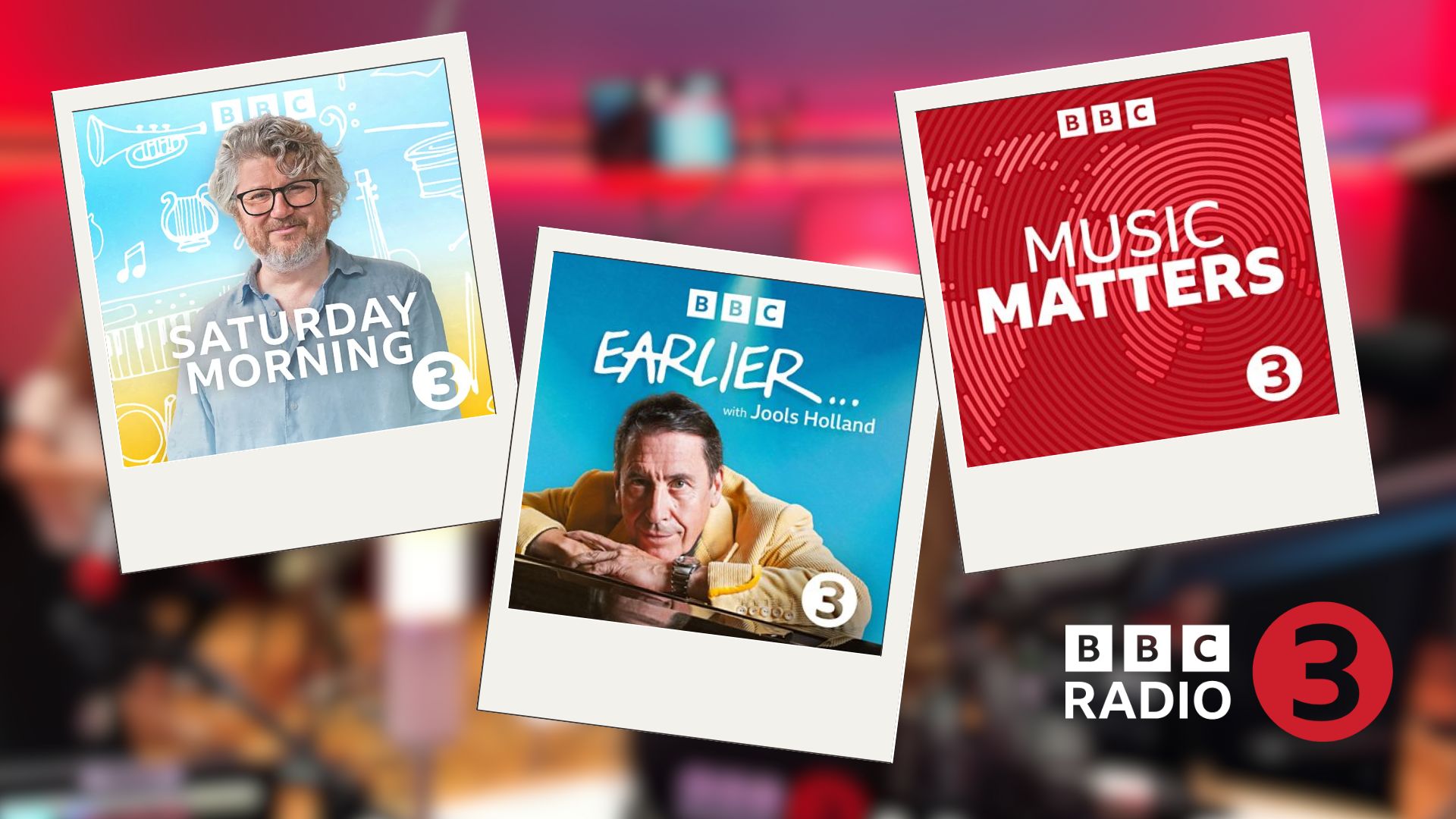
Listening in to (some of) the new programmes on BBC Radio 3
After a listening-hiatus from Radio 3, the new lineup offers a refreshing change. It won’t please everyone, though this wasn’t necessarily the intention.
-

Review – Salieri’s Kublai Khan from Les Talens Lyriques and Christophe Rousset at Music Theater an der Wien
A Mongolian Emperor, two eager marketing executives, a misfit heir, a nun, and a bit of horseplay all come together in a jumbled depiction of Salieri’s rarely performed, sometimes crazy opera, ‘Cublai, gran kan de’ Tartari’. Penned in 1787 to a libretto by Giambattista Casti, Cublai is a comic opera with pertinent themes. Politics and…
-
Andrew Comben announced as new Britten Pears Arts Chief Exec
Andrew Comden takes up the role vacated by Roger Wright in September 2024
-
Europe’s bold strategy to shore up UK’s classical music sector revealed
A leaked EBU white paper reveals plans to create a “super-league” of orchestras, empowering audiences to programme, and reintroducing live orchestras to Eurovision.
-
New Release – Dani Howard’s Orchestral Works
Composer Dani Howard’s first album release celebrates her technicolour orchestration in a range of orchestral works including the whimsical Trombone Concerto that lit up Liverpool’s Philharmonic Hall mid-pandemic.
-
TV – ‘Backstage with the LPO’ does what it says on the tin
Backstage with the London Philharmonic Orchestra on Sky Arts achieves a rare feat: it captivates both seasoned fans and newcomers alike.
-
Edinburgh International Festival 2024 – a ritual that unites us
The 2024 Edinburgh International Festival, running from August 5 to 25, emphasizes audience engagement and affordability, featuring diverse music, theater, and dance, despite the high costs of local accommodations.
-
Music-making at school was far from a pleasant experience
Dreary school concerts attended by a reluctant audience. A traumatic experience of practical music-making.
-
Review – LPO, Wayne McGregor and Ben Cullen Williams
London Philharmonic Orchestra’s theatrical program featured Tania Leon’s world premiere, Ravel’s La Valse, and an AI-driven work by McGregor and Williams, with mixed responses to the novel technology.
-
Theatre – ‘Ben and Imo’ by Mark Ravenhill at The Swan, Stratford-Upon-Avon
Samuel Barnett and Victoria Yeates star in “Ben and Imo,” a play portraying Benjamin Britten and Imogen Holst during the creation of “Gloriana” for the 1953 Coronation. Their performances expose Britten’s flaws and Holst’s steadfast support, revealing complex dynamics and emotional depth. The narrative challenges perceptions of the characters, offering a raw look at their…
-
BBC Radio 3’s new schedule plus new classical music programmes for TV
New presenters, specialist content moved later in the day, and a return for former Radio 2’s Friday Night Is Music Night
-
Review – London Philharmonic Orchestra, Karina Canellakis and Pablo Ferrández play Shostakovich and Brahms
Cellist Pablo Ferrández’s epic rendition of Shostakovich’s Cello Concerto combined with Brahms’ joyous Symphony No. 4 made this the best LPO concert I’ve heard in a long time.
